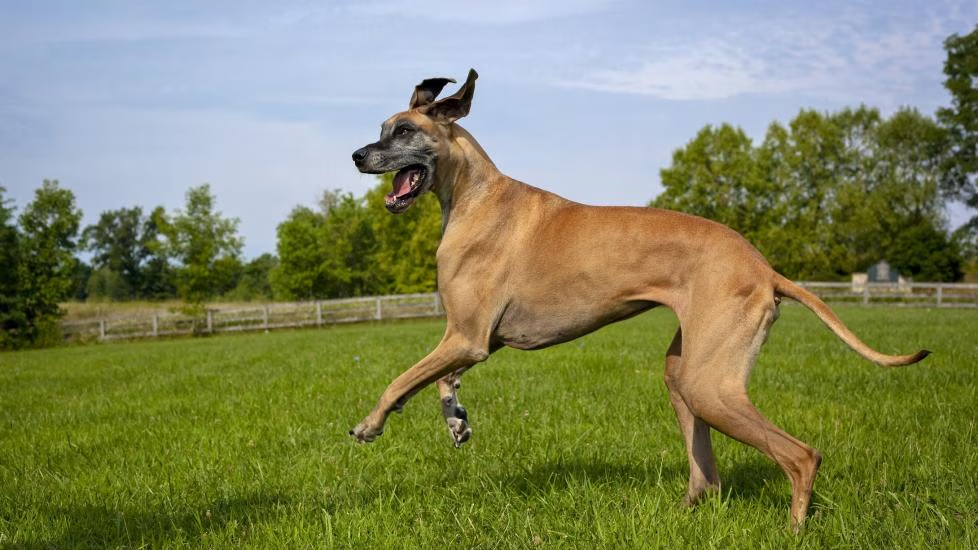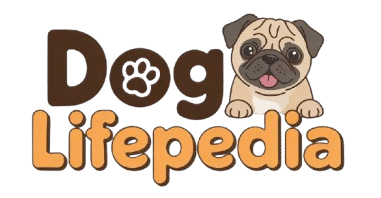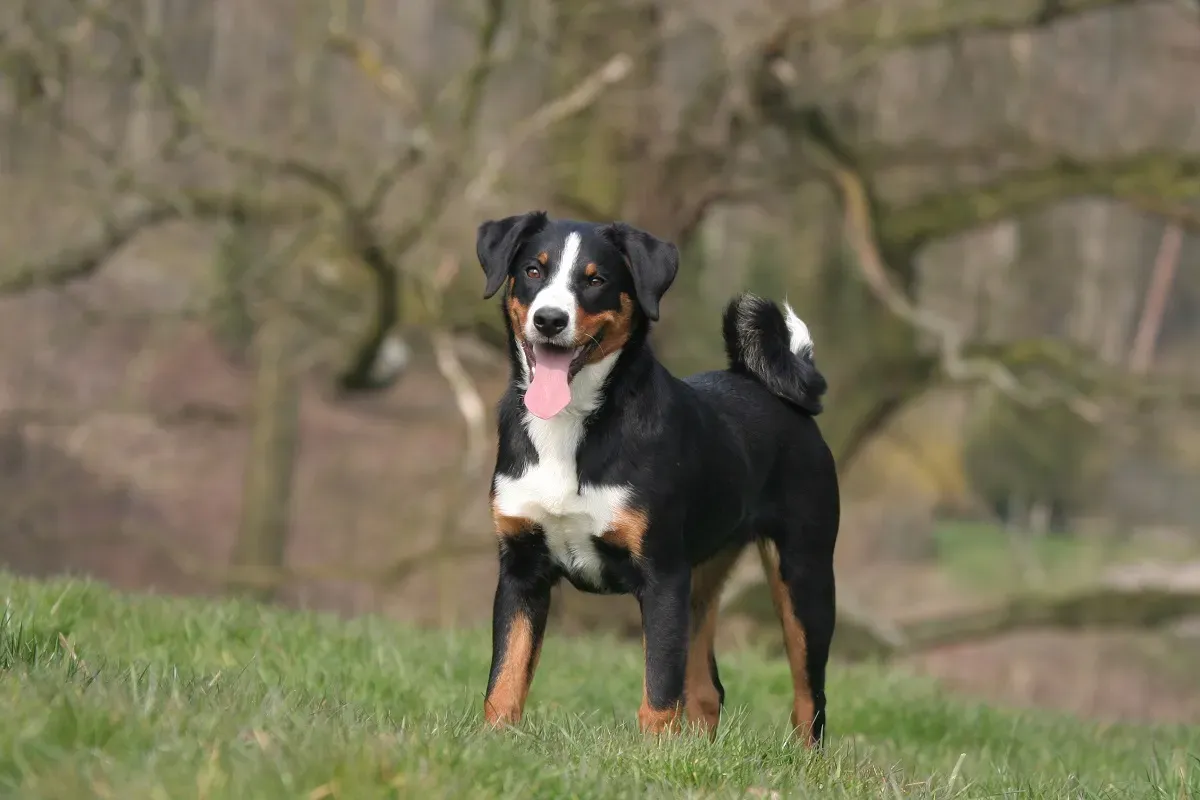
Great Dane
Heena
May 6, 2025

Often referred to as the “Apollo of Dogs,” the Great Dane is one of the tallest and most majestic breeds in the world. Despite their imposing size, these gentle giants are known for being friendly, affectionate, and surprisingly sensitive. They’re loyal companions, excellent family pets, and natural guardians — a mix of power and grace wrapped in a calm temperament.
Whether you’re in the UK or USA, owning a Great Dane is a unique experience — one that requires space, love, and an understanding of their special needs.
Breed Overview
- Breed Name: Great Dane
- Group: Working (AKC & The Kennel Club)
- Origin: Germany
- Height:
- Males: 30–34 inches (76–86 cm)
- Females: 28–32 inches (71–81 cm)
- Weight:
- Males: 120–200 lbs (54–90 kg)
- Females: 100–130 lbs (45–59 kg)
- Life Expectancy: 7–10 years
Breed Colors & Markings
Great Danes come in several stunning colors and patterns:
- Fawn (golden yellow with a black mask)
- Brindle (fawn and black tiger-stripe pattern)
- Harlequin (white with black patches)
- Mantle (black and white, resembling a tuxedo)
- Blue (solid steel gray)
- Black (glossy and sleek)
Their short, sleek coat is easy to maintain but makes them sensitive to cold weather.
Temperament and Communication
Despite their size, Great Danes are affectionate and gentle, often referred to as “lap dogs” because they love to lean on or sit next to their humans.
- Friendly and social: Great with children and other pets when socialised properly
- Protective without aggression: Their size is usually enough to deter intruders
- Quiet communicators: They bark only when necessary
- Emotionally intuitive: Sensitive to your mood and tone of voice
Great Danes thrive on human companionship and don’t like being left alone for long periods.
Health & Lifespan
Like many giant breeds, Great Danes have a shorter lifespan and some specific health concerns:
- Gastric torsion (bloat) – life-threatening and common; avoid large meals and exercise right after eating
- Hip dysplasia
- Dilated cardiomyopathy (heart disease)
- Wobbler syndrome (spinal condition)
- Thyroid and eye issues
With proper care, many live healthy lives up to 10 years. Regular vet visits, good nutrition, and early screening are essential.
Grooming Needs
Great Danes are relatively low-maintenance in grooming:
- Brushing: Weekly with a rubber brush or grooming mitt
- Bathing: Every 6–8 weeks or when needed
- Ears: Clean weekly to avoid infections
- Nails: Trim regularly
- Teeth: Brush 2–3 times a week for good dental health
They shed moderately year-round and more heavily during seasonal changes.
Exercise Requirements
Though not hyperactive, Great Danes still need daily exercise to stay fit and happy:
- Walks: 30–60 minutes per day
- Play: Moderate fetch, gentle games — avoid excessive jumping
- Avoid over-exercising puppies: Their bones grow rapidly, and intense activity can cause joint damage
They enjoy a large, secure garden or regular trips to an open space, but they’re usually calm indoors.
Training & Socialisation
Great Danes are intelligent but can be stubborn, so early training is crucial:
- Start young: Their size makes adult behavioural problems harder to manage
- Positive reinforcement: Praise and treats work better than harsh discipline
- Socialisation: Introduce them to people, pets, and environments early on
- Obedience classes: Highly recommended, especially for first-time large-breed owners
Because of their power and size, good manners aren’t optional—they’re essential.
Nutrition & Diet
Feeding a Great Dane properly is key to health and longevity:
- High-quality large-breed formula: Puppy formulas should be designed specifically for giant breeds
- Controlled feeding: 2–3 small meals per day rather than one large one
- Elevated bowls: May help reduce strain on the neck, but speak with your vet (controversial with bloat)
- Supplements: Glucosamine, chondroitin, and omega-3s may help joint health
Fresh water should be available at all times.
What to Expect as an Owner
- Lots of space: A small flat or apartment may not be ideal
- Daily companionship: They don’t like being alone for long
- Heart of gold: A true companion who’ll love being part of the family
- Attention grabber: Be ready for curious glances and questions during walks
- Drool and farts: Big dog, big everything!
Is the Great Dane Right for You?
If you want a dog that combines majestic presence with a soft heart, and you have the space, time, and love to give, a Great Dane could be your perfect match. They’re wonderful with children, great watchdogs, and enjoy a quiet life close to their humans.
However, they require financial commitment (food, vet bills, equipment) and thoughtful handling due to their size.
Final Thoughts
The Great Dane isn’t just big in size—they’re big in love, loyalty, and character. Owning one is a true privilege. With proper care, training, and attention, your Great Dane will become not just a pet, but a giant-hearted member of the family.

